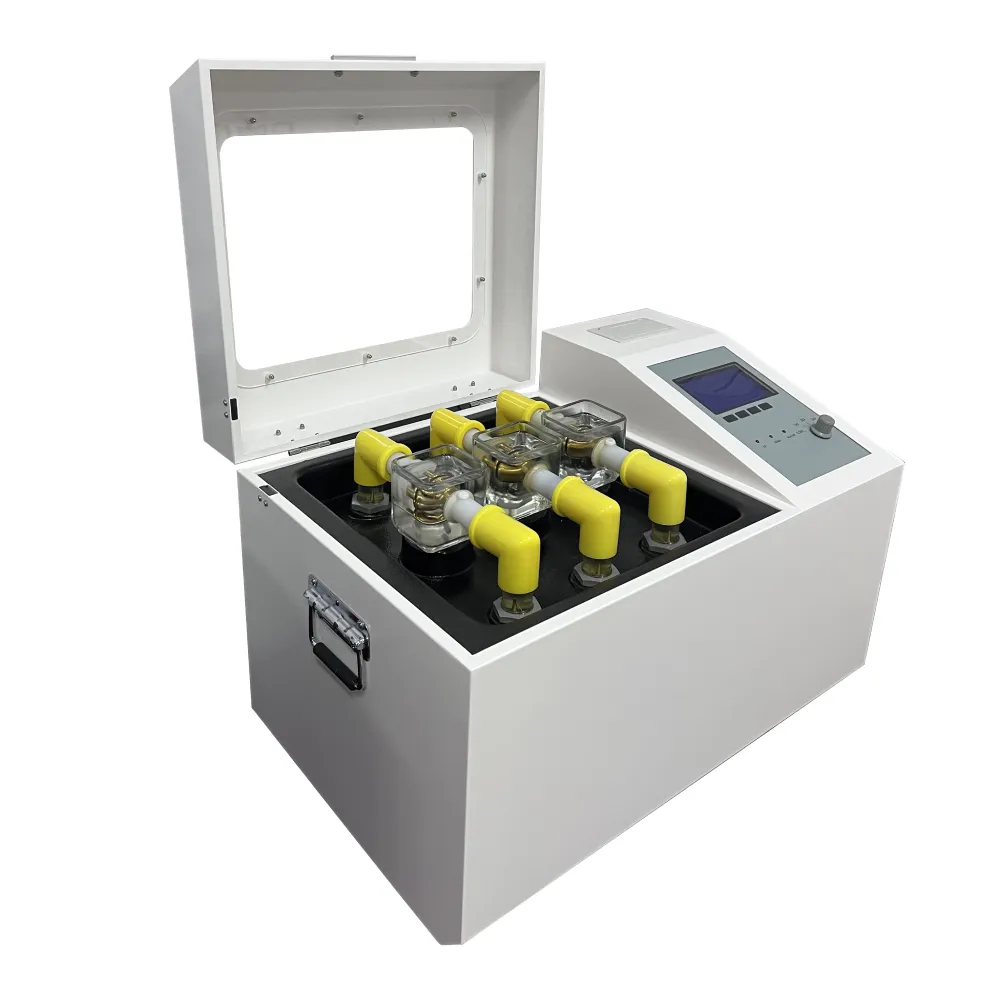 English
English



-
 Afrikaans
Afrikaans -
 Albanian
Albanian -
 Amharic
Amharic -
 Arabic
Arabic -
 Armenian
Armenian -
 Azerbaijani
Azerbaijani -
 Basque
Basque -
 Belarusian
Belarusian -
 Bengali
Bengali -
 Bosnian
Bosnian -
 Bulgarian
Bulgarian -
 Catalan
Catalan -
 Cebuano
Cebuano -
 China
China -
 China (Taiwan)
China (Taiwan) -
 Corsican
Corsican -
 Croatian
Croatian -
 Czech
Czech -
 Danish
Danish -
 Dutch
Dutch -
 English
English -
 Esperanto
Esperanto -
 Estonian
Estonian -
 Finnish
Finnish -
 French
French -
 Frisian
Frisian -
 Galician
Galician -
 Georgian
Georgian -
 German
German -
 Greek
Greek -
 Gujarati
Gujarati -
 Haitian Creole
Haitian Creole -
 hausa
hausa -
 hawaiian
hawaiian -
 Hebrew
Hebrew -
 Hindi
Hindi -
 Miao
Miao -
 Hungarian
Hungarian -
 Icelandic
Icelandic -
 igbo
igbo -
 Indonesian
Indonesian -
 irish
irish -
 Italian
Italian -
 Japanese
Japanese -
 Javanese
Javanese -
 Kannada
Kannada -
 kazakh
kazakh -
 Khmer
Khmer -
 Rwandese
Rwandese -
 Korean
Korean -
 Kurdish
Kurdish -
 Kyrgyz
Kyrgyz -
 Lao
Lao -
 Latin
Latin -
 Latvian
Latvian -
 Lithuanian
Lithuanian -
 Luxembourgish
Luxembourgish -
 Macedonian
Macedonian -
 Malgashi
Malgashi -
 Malay
Malay -
 Malayalam
Malayalam -
 Maltese
Maltese -
 Maori
Maori -
 Marathi
Marathi -
 Mongolian
Mongolian -
 Myanmar
Myanmar -
 Nepali
Nepali -
 Norwegian
Norwegian -
 Norwegian
Norwegian -
 Occitan
Occitan -
 Pashto
Pashto -
 Persian
Persian -
 Polish
Polish -
 Portuguese
Portuguese -
 Punjabi
Punjabi -
 Romanian
Romanian -
 Russian
Russian -
 Samoan
Samoan -
 Scottish Gaelic
Scottish Gaelic -
 Serbian
Serbian -
 Sesotho
Sesotho -
 Shona
Shona -
 Sindhi
Sindhi -
 Sinhala
Sinhala -
 Slovak
Slovak -
 Slovenian
Slovenian -
 Somali
Somali -
 Spanish
Spanish -
 Sundanese
Sundanese -
 Swahili
Swahili -
 Swedish
Swedish -
 Tagalog
Tagalog -
 Tajik
Tajik -
 Tamil
Tamil -
 Tatar
Tatar -
 Telugu
Telugu -
 Thai
Thai -
 Turkish
Turkish -
 Turkmen
Turkmen -
 Ukrainian
Ukrainian -
 Urdu
Urdu -
 Uighur
Uighur -
 Uzbek
Uzbek -
 Vietnamese
Vietnamese -
 Welsh
Welsh -
 Bantu
Bantu -
 Yiddish
Yiddish -
 Yoruba
Yoruba -
 Zulu
Zulu
Evaluating Dielectric Strength of Oil Using Standard Testing Methods
Understanding Oil Dielectric Strength Testing
Dielectric strength testing of oil is a critical procedure in the field of electrical engineering, particularly in evaluating the insulating properties of insulating oils used in electrical equipment such as transformers and capacitors. This test serves as a reliable indicator of an oil's ability to withstand electric stress without breaking down. Insulating oils play a vital role in ensuring the safety and efficiency of electrical systems, and understanding their dielectric strength is essential for both manufacturers and operators in the industry.
What is Dielectric Strength?
Dielectric strength refers to the maximum electric field that a material can withstand without experiencing failure. In the context of insulating oils, it is defined as the ability of the oil to resist electrical breakdown when subjected to a high voltage. This property is paramount, as a breakdown can lead to severe damage to electrical components, system failures, and even pose safety risks.
The Importance of Oil Dielectric Strength Testing
The dielectric strength of an insulating oil is influenced by various factors, including its chemical composition, temperature, presence of impurities, and moisture content. Regular testing of oil dielectric strength is essential for
1. Predictive Maintenance By regularly measuring the dielectric strength, operators can monitor the condition of the oil and predict potential failures, allowing for timely maintenance or replacement of equipment.
2. Safety Ensuring that insulating oil meets specific dielectric strength criteria helps prevent electrical failures that can result in fires, explosions, or equipment damage.
3. Compliance Regulatory standards often dictate certain dielectric strength requirements for insulating fluids. Testing helps ensure compliance with these regulations, safeguarding the manufacturer and users.
4. Quality Assurance For manufacturers, conducting dielectric strength tests is integral to quality control. It ensures that the oils produced meet the required specifications before being used in electrical equipment.
oil dielectric strength test

The Testing Process
The procedure for oil dielectric strength testing typically follows standardized methods such as ASTM D877 (Standard Test Method for Dielectric Breakdown Voltage of Insulating Oils) or IEC 60156. The process involves
1. Preparation Oil samples are collected and prepared for testing. It is crucial to ensure that the samples are free from contaminants, including water and solid particles, as these can significantly affect results.
2. Equipment Setup A dielectric strength testing apparatus, often referred to as a breakdown voltage tester, is used. The device is calibrated to ensure accurate measurements.
3. Voltage Application The test involves applying a voltage to the oil sample in a controlled manner. This is usually done under a gradual increase of voltage until breakdown occurs.
4. Observation and Recording The voltage at which the breakdown occurs is recorded. This value is known as the breakdown voltage, and higher values indicate better dielectric strength.
5. Repeat Testing Multiple tests are often performed to ensure consistency and reliability of results, as factors like temperature can vary during testing.
Conclusion
In conclusion, oil dielectric strength testing is a fundamental practice in ensuring the reliability and safety of electrical equipment. By understanding the importance of dielectric strength and adhering to standardized testing procedures, manufacturers, and operators can maintain their systems' integrity, mitigate risks, and enhance performance. As technology evolves, the methodologies and standards for testing dielectric strength will continue to advance, emphasizing the need for professionals in the field to stay informed and vigilant in their testing practices.
-
Testing Equipment Industry Sees Major Advancements in 2025: Smart & Precision Technologies Lead the WayNewsJun.06,2025
-
Applications of Direct Current Generators in Renewable Energy SystemsNewsJun.05,2025
-
Hipot Tester Calibration and Accuracy GuidelinesNewsJun.05,2025
-
Digital Circuit Breaker Analyzer Features and BenefitsNewsJun.05,2025
-
Benefits of Real-Time Power Quality Monitoring Devices for Industrial EfficiencyNewsJun.05,2025
-
Earth Fault Loop Testing in High-Rise Building Electrical SystemsNewsJun.05,2025



